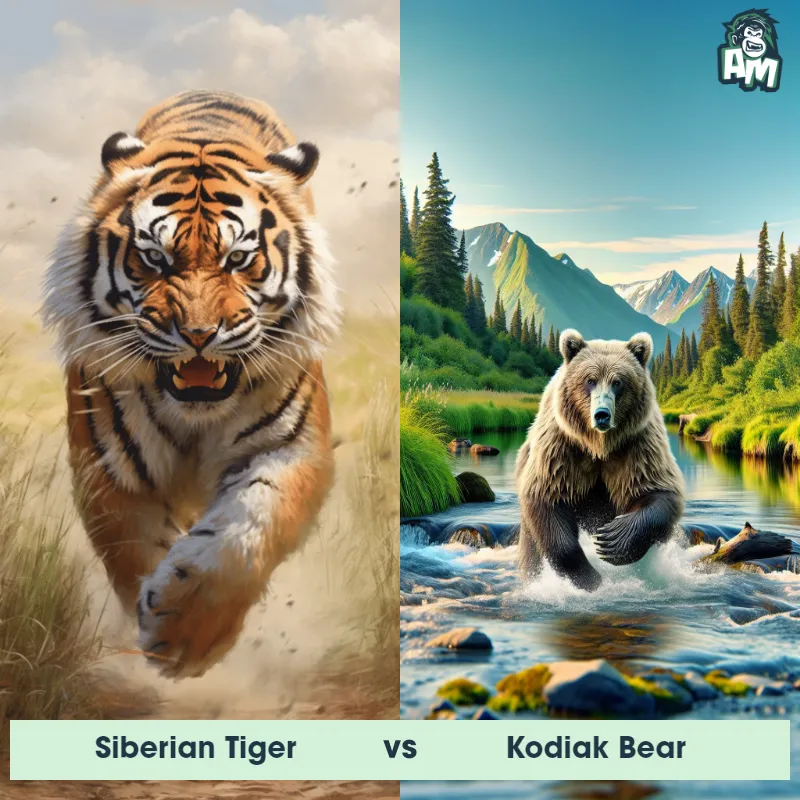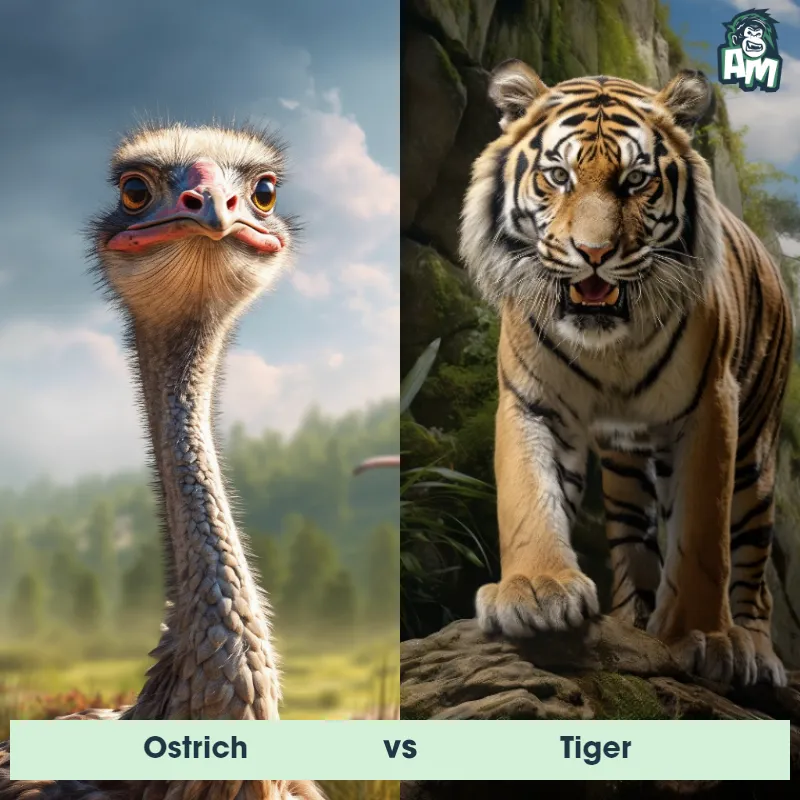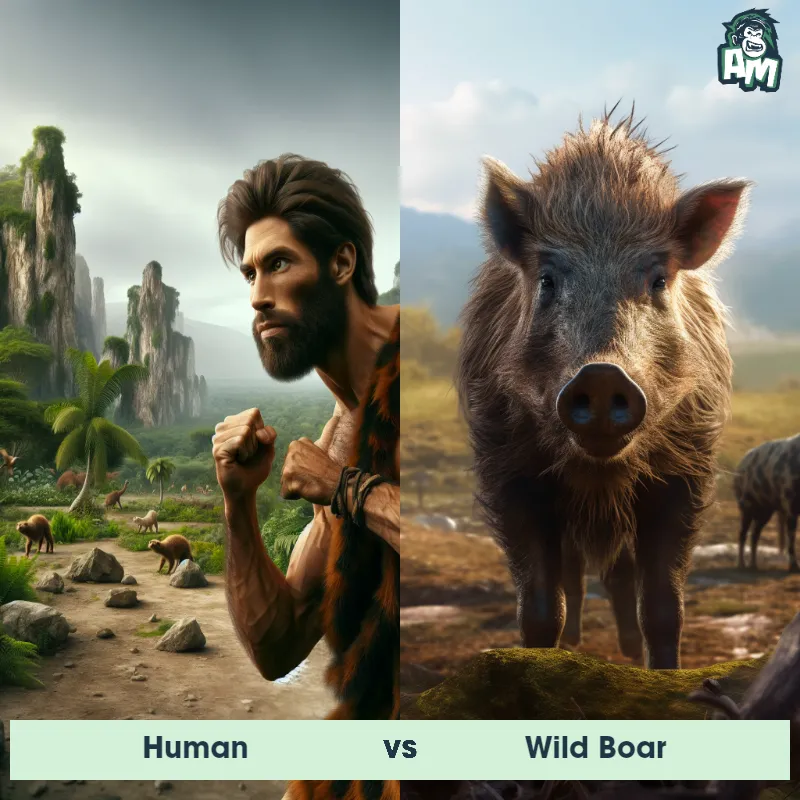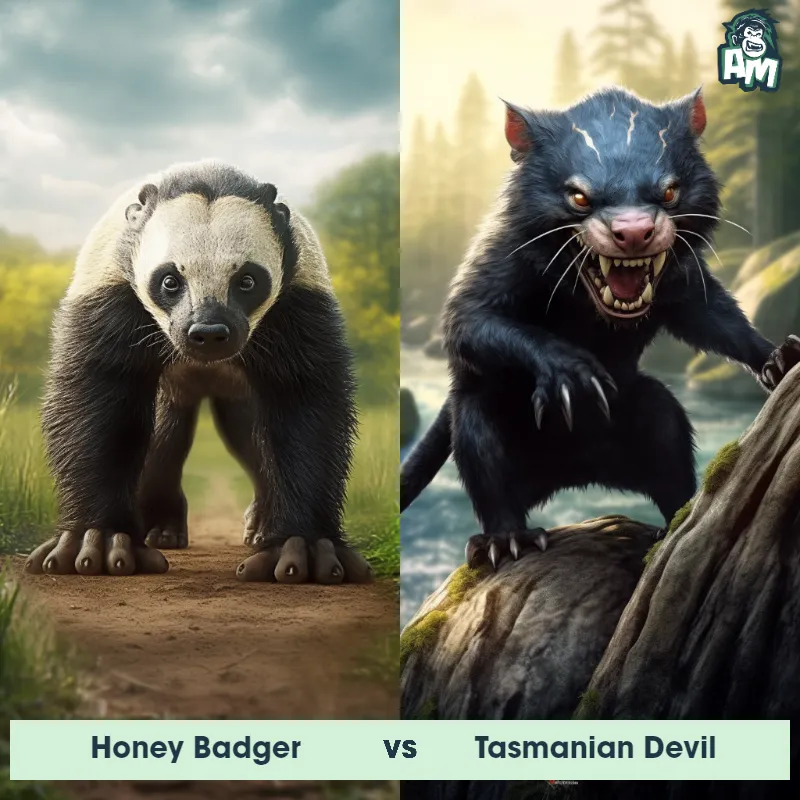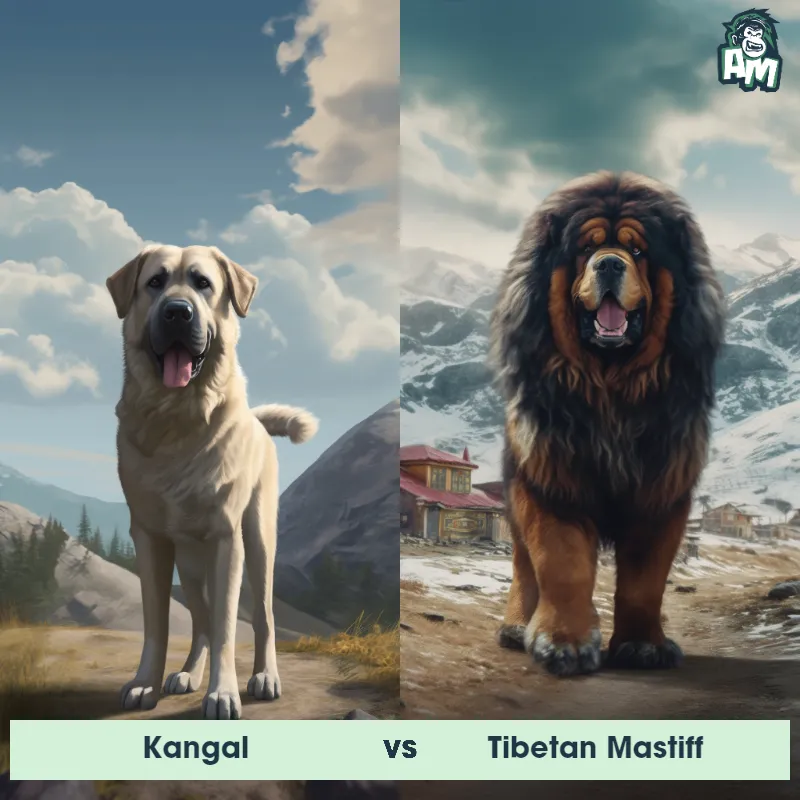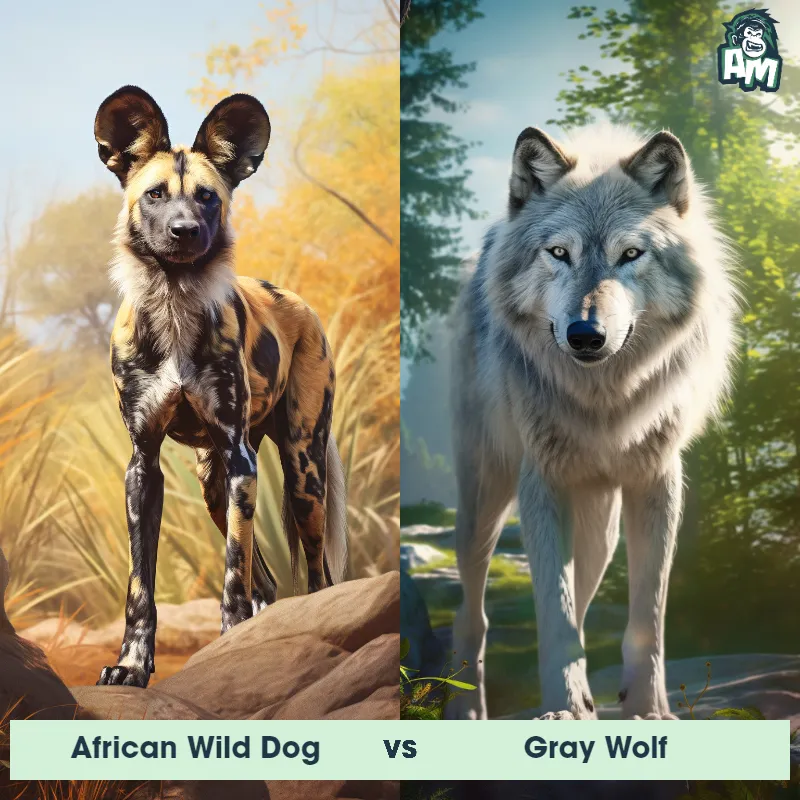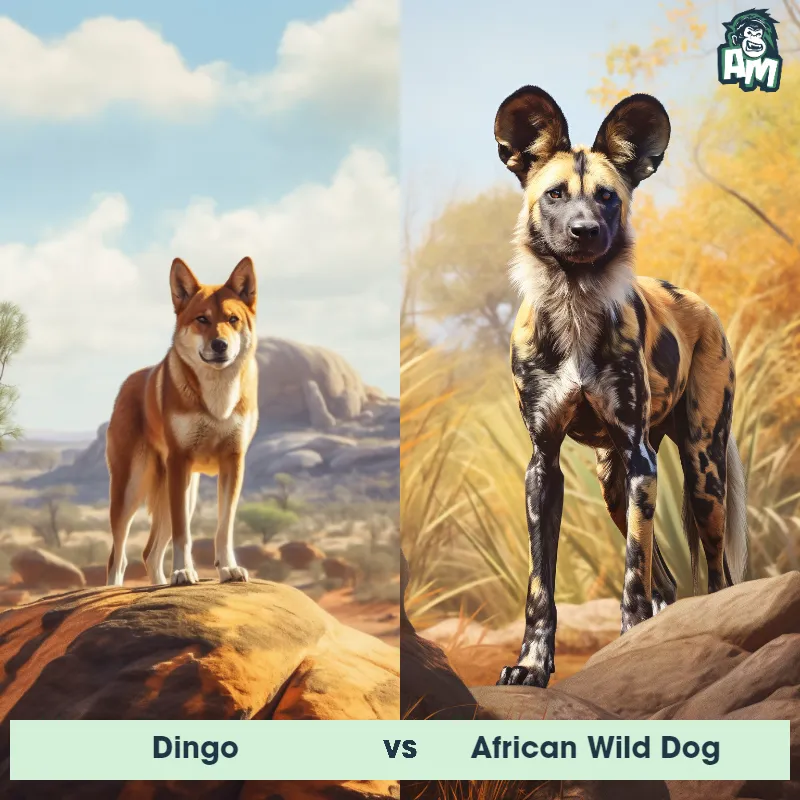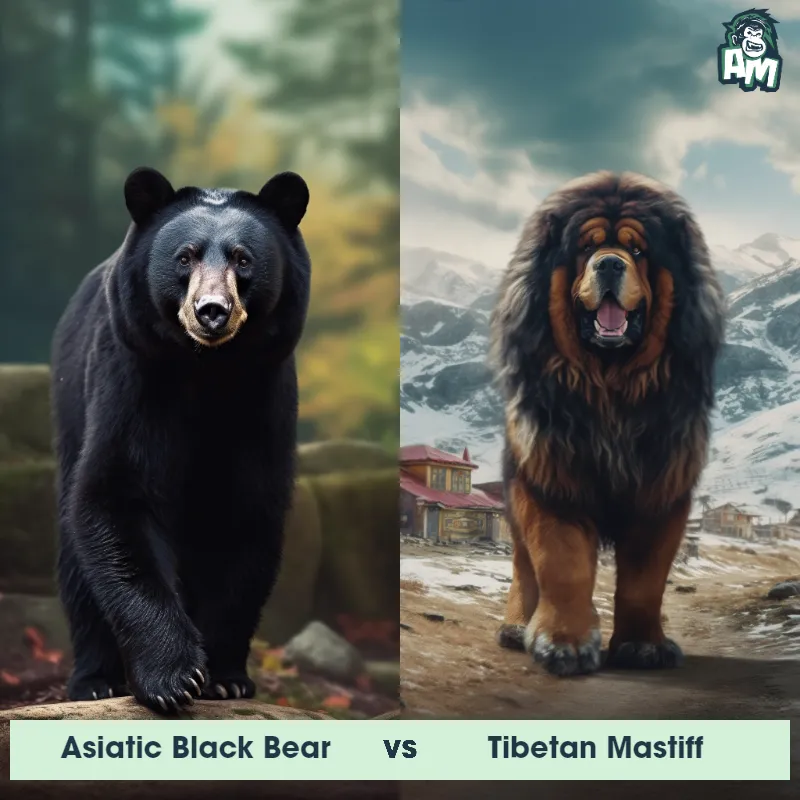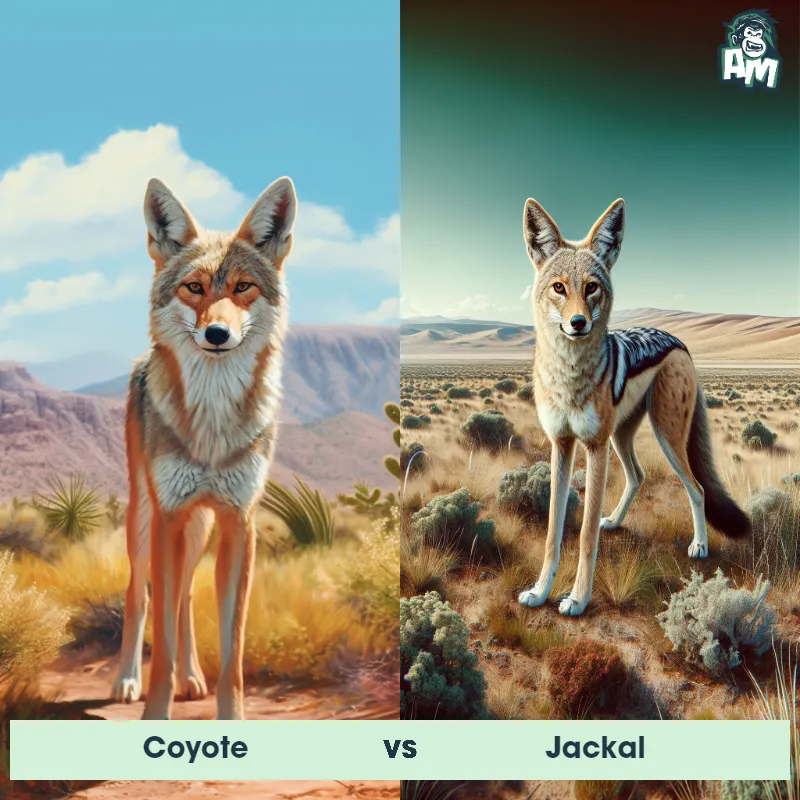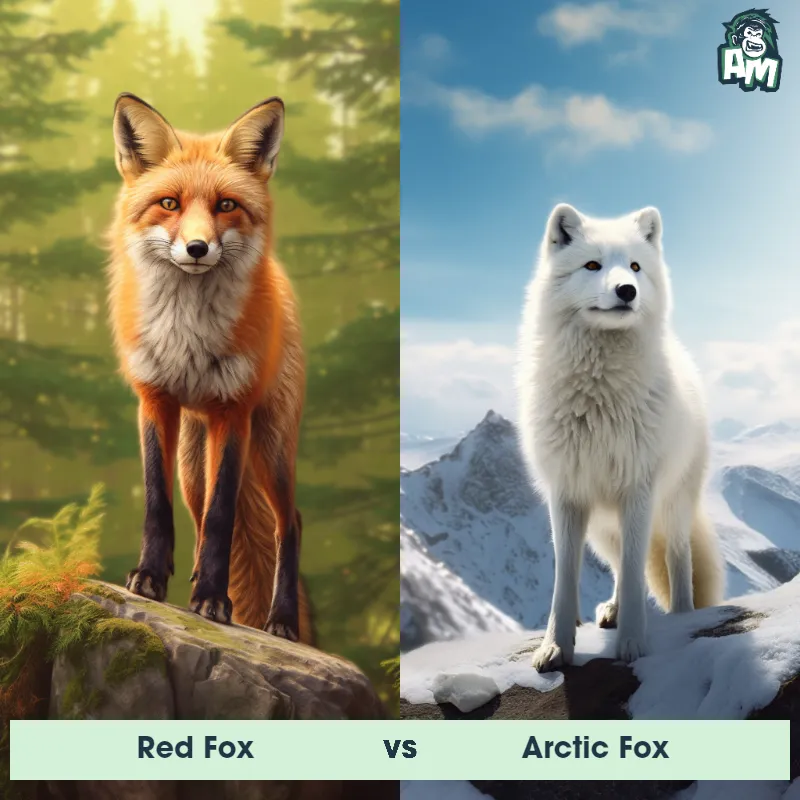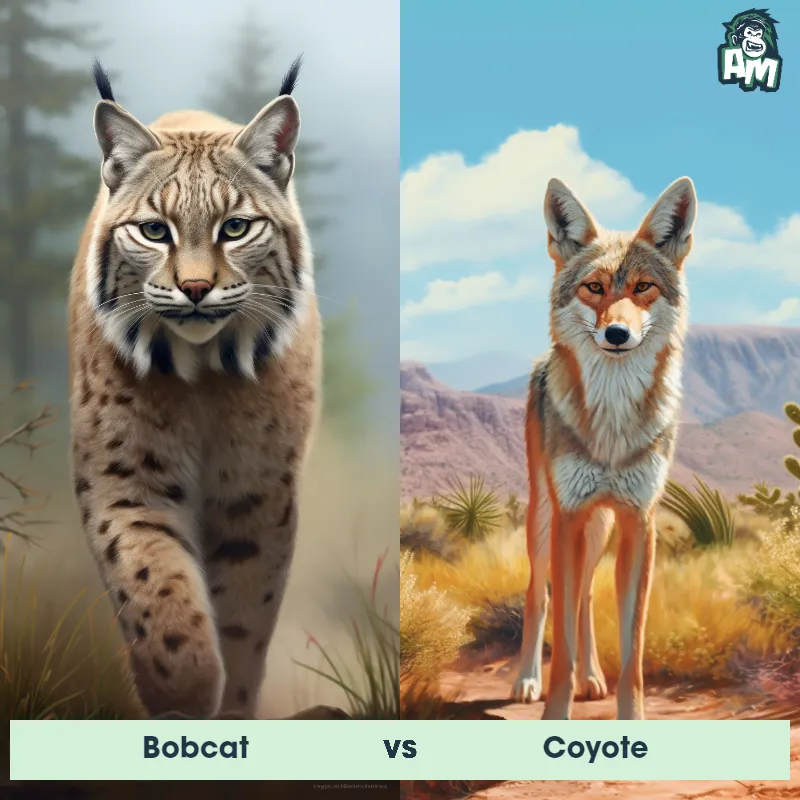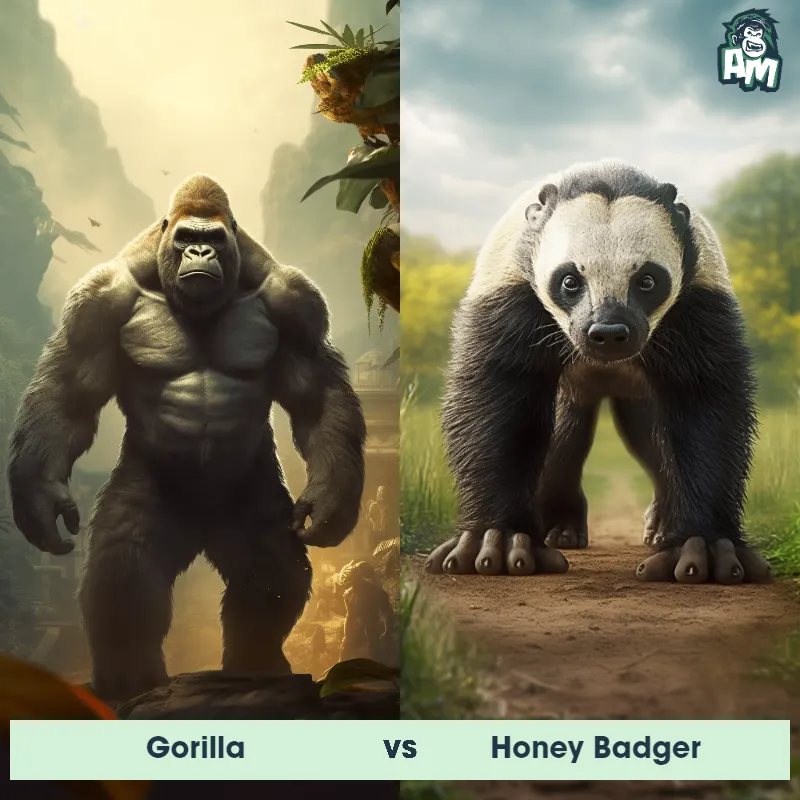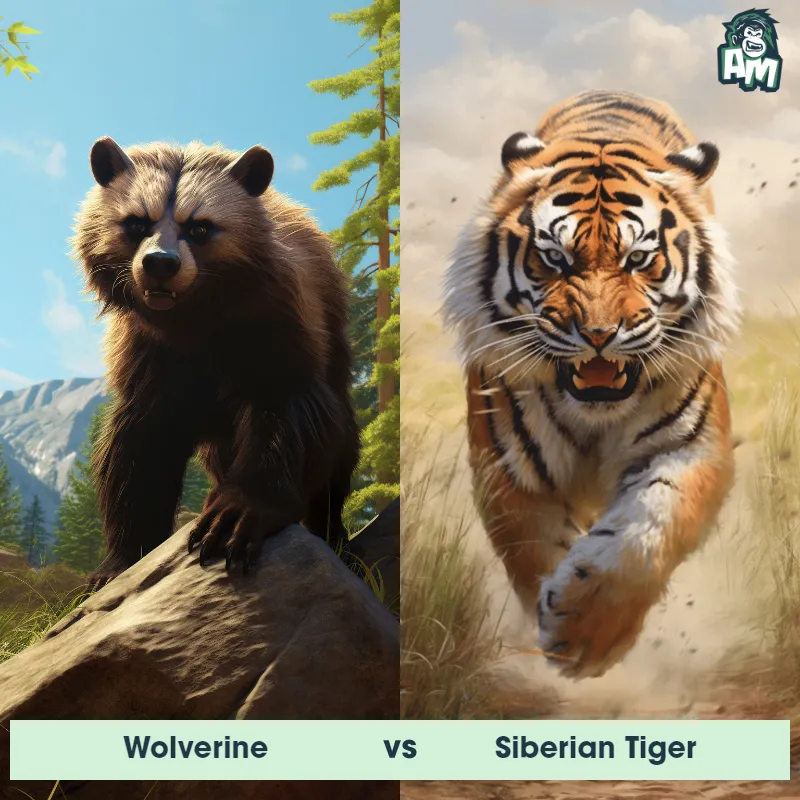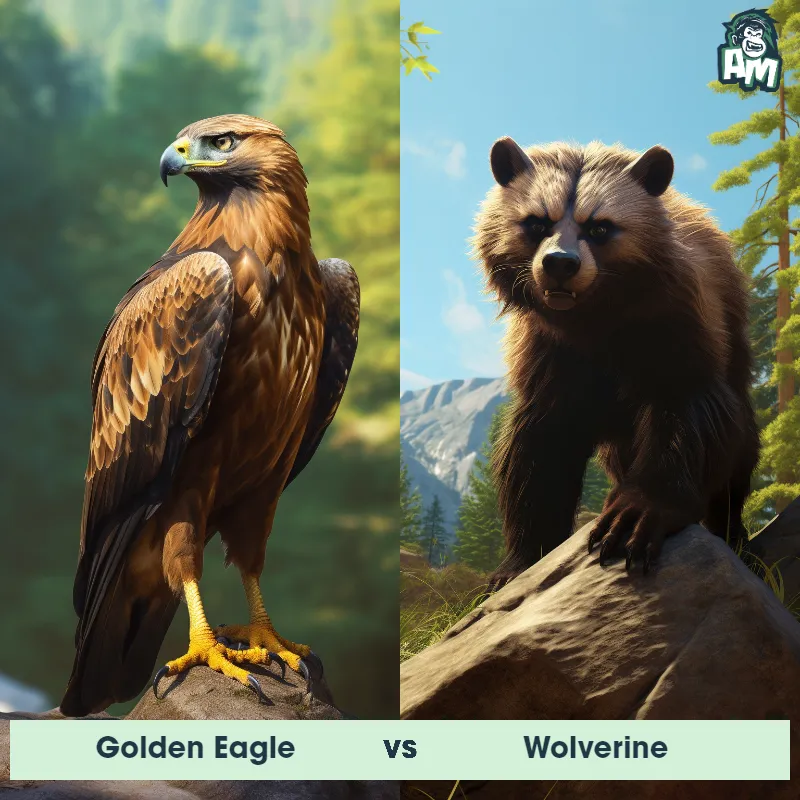Honey Badger vs JackalSee Who Wins

Ladies and gentlemen, welcome to this fierce showdown between two incredible contenders in the animal kingdom! We have a thrilling matchup ahead as a ferocious Honey Badger takes on a cunning Jackal. The tension is high, and the crowd is buzzing with anticipation. This battle promises to be a clash of agility, intelligence, and pure tenacity. Now, let's dive straight into the action!
Contender 1: Honey Badger
The Honey Badger, also known as the ratel, is a small carnivorous mammal found in Africa, Southwest Asia, and the Indian subcontinent. They have a stocky build, with a broad head, powerful jaws, and sharp claws. Their fur is thick and coarse, ranging in color from gray to black with a distinctive white stripe on their back. Honey Badgers are known for their fearless and aggressive nature, often taking on animals much larger than themselves, such as lions and hyenas. They are also known for their ability to withstand venomous snake bites and their love for honey, which they obtain by raiding beehives.
Fun Fact: Honey Badgers have been known to dig up and eat buried human corpses, earning them the nickname "the world's most fearless animal."
Contender 2: Jackal
The Jackal, also known as the Canis aureus, is a medium-sized carnivorous mammal that belongs to the Canidae family. They have a slender body with long legs, a pointed snout, and large ears. Their fur is usually a sandy brown color with a white underbelly, and they have a bushy tail. Jackals are known for their keen sense of smell and excellent hearing, which they use to hunt prey and communicate with other members of their pack.
Fun Fact: Jackals are known for their unique vocalizations, which include a variety of barks, howls, and yelps that they use to communicate with each other.
Matchup Stats
| Honey Badger | Jackal | |
|---|---|---|
| Size | 25-30 inches (63-76 cm) in length | 16-20 inches (40-50 cm) at the shoulder |
| Weight | 19-26 pounds (9-12 kg) | 15-35 pounds (7-16 kg) |
| Speed | Speed: 20 mph (32.19 km/hr) | Speed: 35 mph (56.3 km/hr) |
| Key Strength | Powerful jaws and sharp claws | Speed and agility |
| Biggest Weakness | Short legs and small size | Lack of physical strength |
Current Votes
Honey Badger vs Jackal
See Who Wins
View More Matches
Looking For More?
Similar Matches
Scientific Stats
| Honey Badger | Jackal | |
|---|---|---|
| Scientific Name | Mellivora capensis | Canis aureus |
| Family | Mustelidae | Canidae |
| Habitat | Terrestrial | Various habitats including deserts, grasslands, and forests |
| Geography | Africa, Southwest Asia, and the Indian subcontinent | Africa, Asia, and southeastern Europe |
| Diet | Carnivorous, eats small mammals, birds, reptiles, insects, and honey | Omnivorous, feeding on small mammals, birds, reptiles, insects, and carrion |
| Lifespan | 24 years - 26 years | 10 years - 15 years |
Key Differences between Honey Badger and Jackal
- Tail shape and length: Honey Badgers have a noticeably short and bushy tail, measuring about 5-8 inches in length, which tapers towards the end. Conversely, Jackals have a relatively long, slender tail, measuring around 10-15 inches, with a bushy appearance towards the tip.
- Facial features: Honey Badgers possess a broad and muscular head, equipped with powerful jaws, a slightly flattened forehead, small rounded ears, and small, dark, beady eyes. Conversely, Jackals have a more slender head, elongated muzzle, pointed ears, and larger, almond-shaped eyes.
- Head shape and profile: Honey Badgers possess a distinctively sloping forehead, giving them a more robust and rounded appearance when viewed from the side. In contrast, Jackals have a more streamlined head shape, with a straighter forehead and a slightly narrower profile compared to the honey badger.
- Limb proportions: Honey Badgers have stocky limbs with strong forelimbs well-suited for digging. They have broad, bear-like paws with long claws adapted for excavating burrows and gripping prey. Jackals, on the other hand, have more slender and agile limbs, enabling them to run faster and navigate varying terrains.
- Fur color and pattern: Honey Badgers have a distinctive coat pattern with a coarse, thick, and loose skin covered in grayish-brown fur, featuring a black saddle-like stripe running down their backs. In contrast, Jackals have a more uniform coat color, usually varying from sandy brown to reddish-brown, with fewer visible markings.
- Body size: Honey Badgers (Mellivora capensis) are generally larger than Jackals (Canis aureus), with honey badgers weighing between 18-40 pounds and measuring around 28-37 inches in length, whereas jackals typically weigh 15-35 pounds and measure 27-35 inches in length.




